12 March 2024
32 pages
—Ryan’s Review of the Writing—
Daisy the Daydreamer is more than just a charming picture book; it’s a useful lesson in the power of “show, don’t tell” storytelling. In this new picture book, Jennifer P. Goldfinger uses vivid language and relatable scenarios to paint a picture of Daisy’s imaginative world without ever explicitly labeling her a daydreamer beyond the title. However, it’s worth noting that other picture books share the exact same “Daisy the Daydreamer” title, which makes me wonder if another option might be more effective.
The book’s opening lines immediately set the stage: “She walks with her feet on the ground and her head in the clouds.” This simple image evokes a sense of whimsical distraction, subtly introducing the core theme. The story continues weaving this theme through Daisy’s daily life. Instead of telling us she’s lost in thought, we see it visually through the expressive illustrations that often depict her battling a whimsical cloud of distraction–Austin will talk about that in more detail in a moment. This creative choice allows young readers to discover Daisy’s personality for themselves, making the connection stronger.
The book also understands the importance of emotional beats. When Daisy initially misses her chance to be line leader, the weight of her disappointment is palpable. Goldfinger uses simple language (“Daisy’s cloud rains”) and a shift in the illustrations to convey her sadness. This emotional authenticity allows readers to empathize with Daisy, making her triumph all the sweeter.
The resolution, where Daisy’s artistic ability earns her a special role, is well done. It affirms that while daydreaming might get in the way sometimes, our unique perspectives and talents hold value. This message is delivered organically through the narrative, making it far more impactful than a direct statement.
While Daisy the Daydreamer is endearing, it does leave room for deeper exploration. Subtly hinting at learning differences without explicitly naming them aligns with the author’s intent, as revealed in her note, but might be even more impactful with direct exploration. Additionally, a more nuanced ending hinting at Daisy’s continuing journey could offer an additional level to readers.
Overall, Goldfinger’s new picture book is a example of how picture books can teach valuable lessons about self-expression and finding your place in the world. Its gentle storytelling and heartwarming message will likely resonate with child and adult readers alike.
4 out of 5 pencils
—Austin’s Review of the Illustrations—
Bias alert–one of the themes of “Daisy the Daydreamer” is that what artists have to offer–our leadership, our value, our specialness–can be in knowing just what to draw for the occasion. Cartoonist Jennifer P. Goldfinger exemplifies that perfectly in Daisy, synthesizing both text and visual language to create a gestalt few writer/illustrator teams achieve. To enrich the words of this charming coming-of-age story, Goldfinger has developed a sophisticated primitivism that seems childlike at first blush but unfolds with layers of adroit observation and intentional playfulness. Easy to suggest, hard to accomplish.
Look at how the texture in the mother’s polka dots are postmarks from Geneva, or how the print of the teacher’s dress is text from a dictionary. How the back of a sketchbook clutched to the chest creates an interaction with the surrounding white space. The gentle pools of watercolor that both ground us in the world or envelop us in each cleverly staged narrative moment. All of it embellishes Goldfinger’s expressive cartooning of the figure in the simplest terms. How Daisy slouches at her desk, grovels in supplication, beams with delight.
The lifting of the story is shared–sometimes carried by the text, sometimes the picture alone, shifting seamlessly between showing and telling to say only what most needs to be said.
No child or adult who needs this story could fail to identify with the visual shorthand of Daisy’s head enveloped in a swirling cloud of ideas and possibilities, constantly making lateral connections from a deep well of imagination. Nor miss the danger of being too disconnected from the here and now.
Whether it’s the cloud of daydreams raining or drawing Daisy high into the stratosphere of opportunity, the artwork perfectly captures the emotional subtext of the story. They show you how it feels to be in it. The frustration of struggling to keep the clouds of creativity from your eyes long enough to capture words you should be hearing before they tumble to the floor. Of being weighed down by it, and occasionally, using it to express an idea that can’t be expressed in any other way.
Even if the reader isn’t a person challenged with occasionally discordant aptitudes, seeing how it feels can only help in the development of empathy and support for those so blessed. Through Jennifer Goldfinger’s compelling narrative illustrations, anybody can see what it feels like to be Daisy, and thereby know the Daisys in their lives a little better.
4 out of 5 crayons

Most recently, he illustrated Tales of Mr. Rhee vol. 5: Rockstar Paranoia, a graphic novel, BLAZE ya Dead Homie, a one-shot comic book, and wrote and illustrated RIOT Force, a creator-owned comic series for Source Point Press.

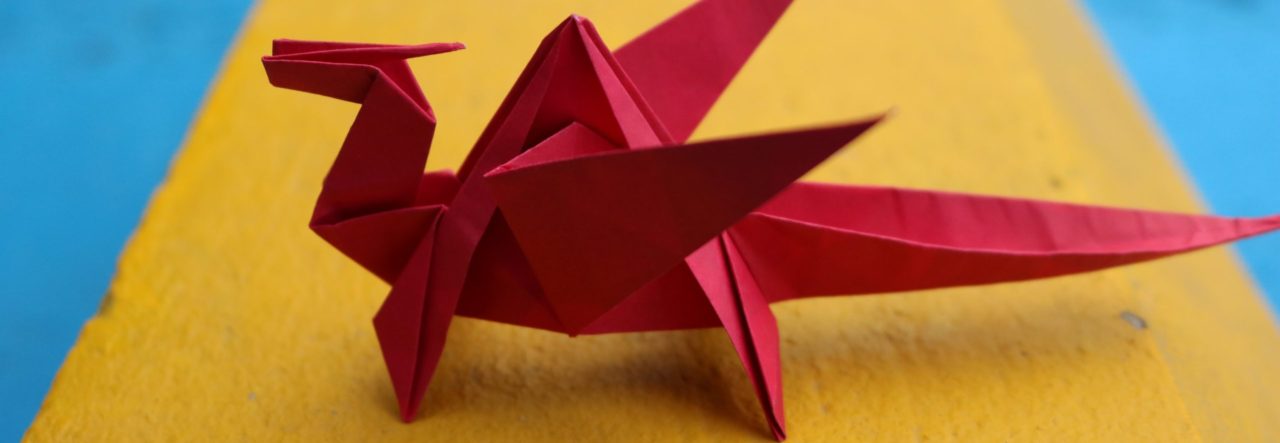

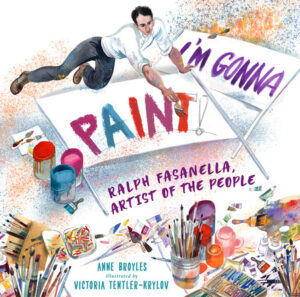
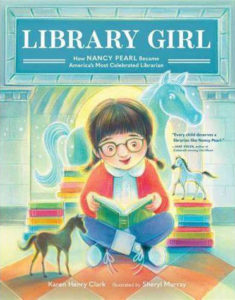
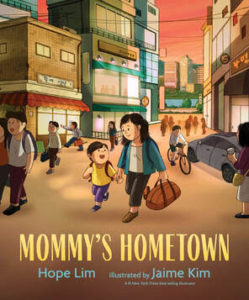
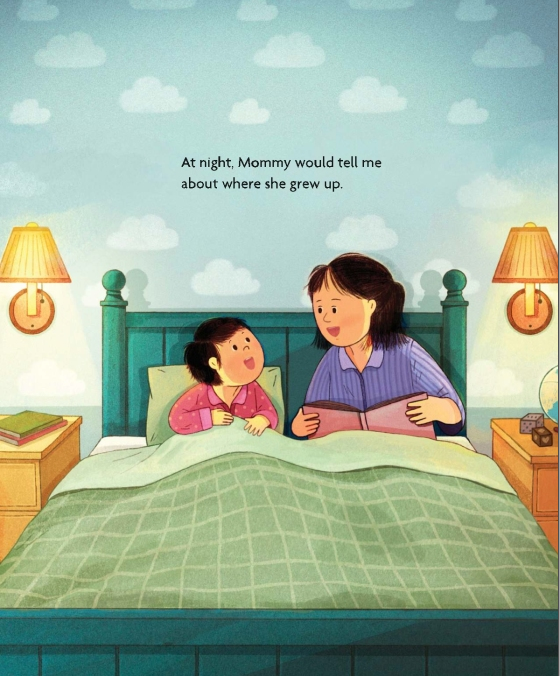 Every night at home, as part of their bedtime routine, the mother paints vivid pictures of her memories for her son. “She and her friends would walk to the river and play there all day. They caught fish, unearthed treasures beneath rocks, splashed each other, and dried themselves on the pebbled riverbank.” As a boy, I dreamed about where my family members grew up, and even today, I still do this with my friends living abroad, creating colorful images in my mind. When a story tugs at your memories, you know you’re in for a treat.
Every night at home, as part of their bedtime routine, the mother paints vivid pictures of her memories for her son. “She and her friends would walk to the river and play there all day. They caught fish, unearthed treasures beneath rocks, splashed each other, and dried themselves on the pebbled riverbank.” As a boy, I dreamed about where my family members grew up, and even today, I still do this with my friends living abroad, creating colorful images in my mind. When a story tugs at your memories, you know you’re in for a treat. Joshua Walls is a children’s author and travel writer who isn’t afraid to fuse, challenge, or deconstruct genres in the pursuit of creating compelling stories. Currently, he lives in Sarasota,
Joshua Walls is a children’s author and travel writer who isn’t afraid to fuse, challenge, or deconstruct genres in the pursuit of creating compelling stories. Currently, he lives in Sarasota, 
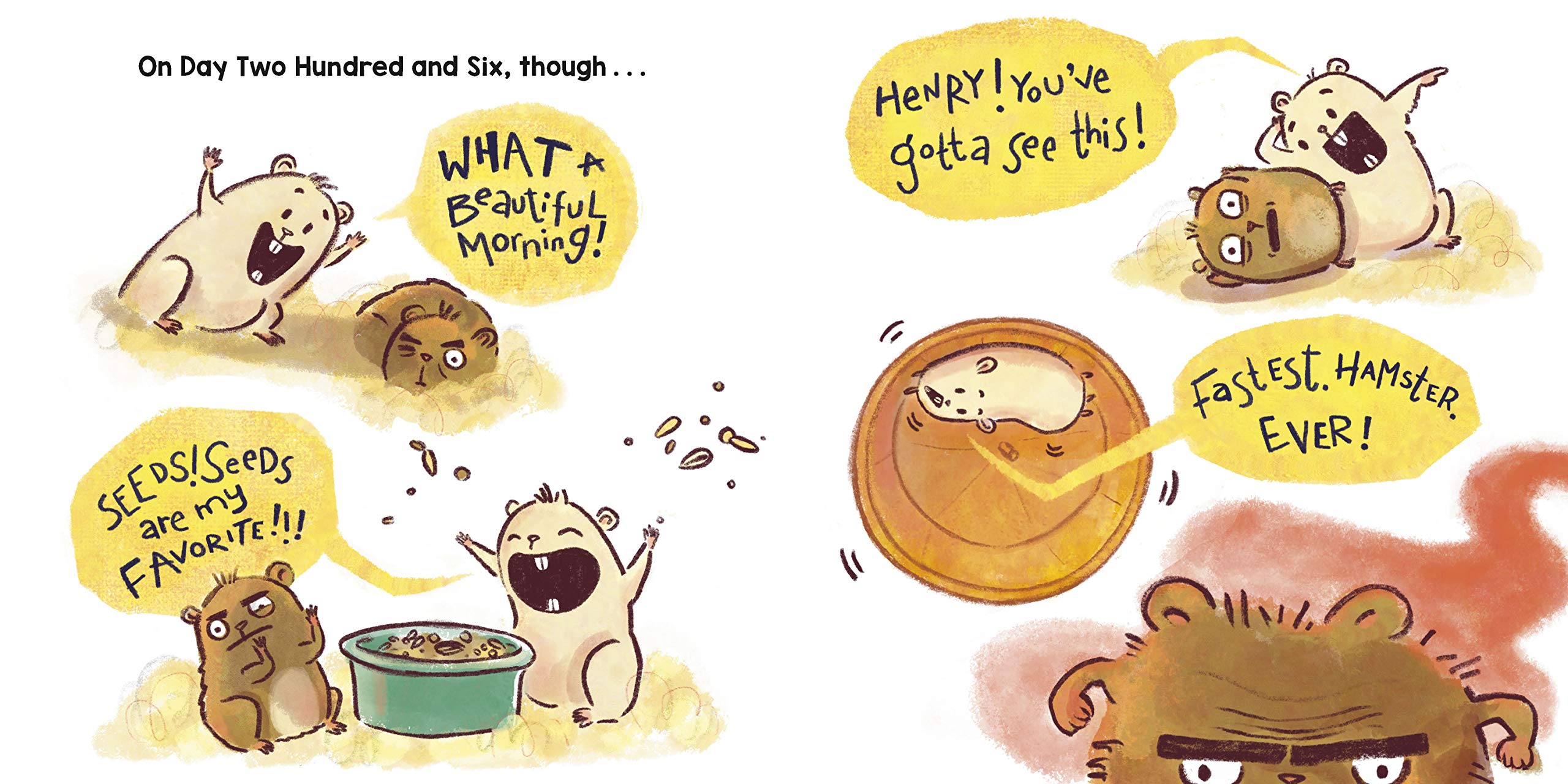
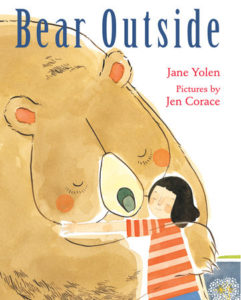
 Octavia Saenz is an editor and cartoonist based in Brooklyn,
Octavia Saenz is an editor and cartoonist based in Brooklyn,